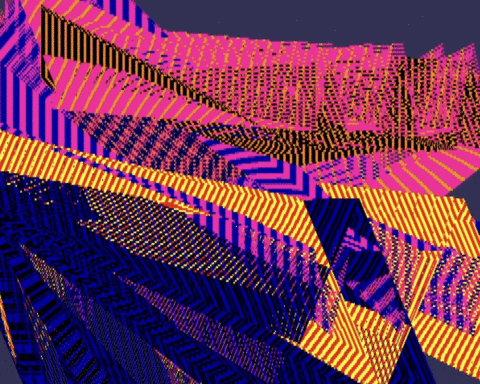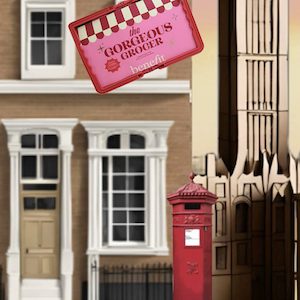The Nostalgic Allure of Skeuomorphism
By Jo Phillips
As so many aspects of artistic creation find their way into the digital sphere, the need for traditionalism continues to diminish. Ideas of creation and appreciation, sometimes hundreds of years old, have been abandoned, upsetting the status quo and evolving new opportunities. Rarely is this as clear as with our reliance on skeuomorphism, or the mimicry of outdated real-world counterparts, even when not strictly necessary. The why of our reliance on this concept paints an interesting picture of the path travelled, and what we find important.
A Modern Skeuomorphic Example
Though there are thousands of examples of skeuomorphic design to draw from, one of the most widely spread in the modern-day comes from digital casino games like roulette online. The games on this website like European and Lightning Roulette naturally lean on established physical design, but they do so more than is required. In displaying these games, only the wheel itself needs to adopt the appearance of physical roulette, but online casinos instead commonly use the whole table. So, why is this?
Why Look Backwards?
Perhaps the most important reason that skeuomorphism is so widespread is that it serves as a connection point to more established forms of expression. Roulette, to continue the example, has its roots as far back as the 17th century. Though the game has undergone a significant evolution since this time, the basis is well established within the international zeitgeist. Digital casinos, on the other hand, have only existed since the mid-1990s.

“Glücksspiel” (CC BY-SA 2.0) by maltehempel_de
Though it’s entirely possible for online casinos to completely redesign the way the game looks, even eschewing the table in favour of a random number generator that achieves the same feat, this approach would be alienating. How we appreciate something as physical as roulette depends a great deal on its looks, the sound it makes, and the feelings that these aspects inspire. Skeuomorphism leverages these aspects to fall back on what we know already works, and in doing so becomes more approachable and nostalgic.
With newer designs, we also need to understand that a complete change may be the eventual goal, just not a rapid one. Rather than simply change any visual design outright to a more efficient one, it can be best to ease into a gradual shift. Eventually, this can lead to a game that could be completely unrecognisable when compared to the original version, but only if enough slow steps are taken along the way.
For a more direct demonstration of a slow but accepted change, we could look at the logos for big businesses like Apple, Levi’s, and Coca-Cola. Though very different from their original versions, gradual evolution has allowed these logos to keep track with modern sensibilities while maintaining their link to the original brand.

“apple logo” (CC BY 2.0) by acidpix
Whether looking at art, architecture, gaming, or anything else, skeuomorphism is a natural part of the evolutionary process. It’s a useful tool, both for maintaining understanding and visibility now and driving the necessary or helpful changes in the future. So long as it doesn’t get in the way, it can be a welcome inclusion, even if just a temporary one.



